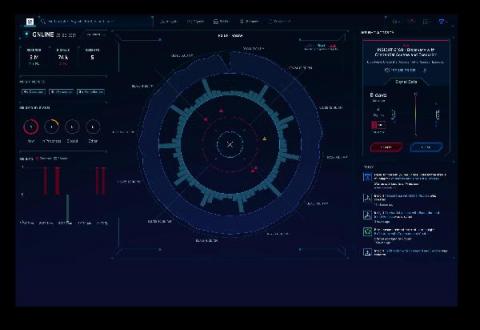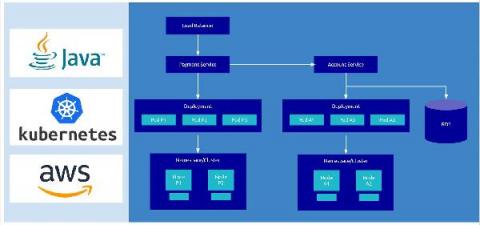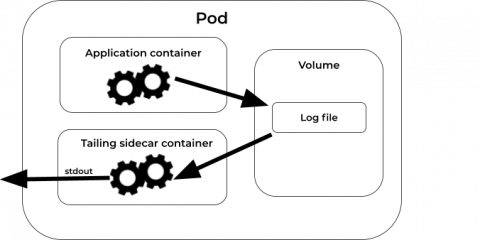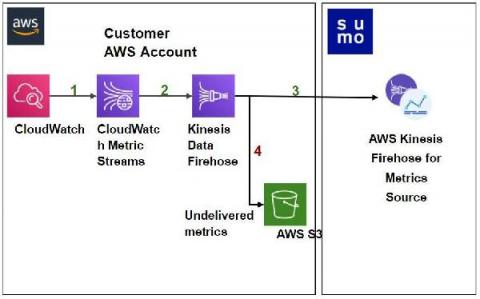Distributed Tracing vs. Application Monitoring
Application monitoring is a well-established discipline that dates back decades and remains a pillar of software management strategies today. However, as software environments and architectures have evolved, monitoring techniques have needed to evolve along with them. That’s why many teams today rely on distributed tracing to glean insights that they can’t gather from application monitoring alone.








